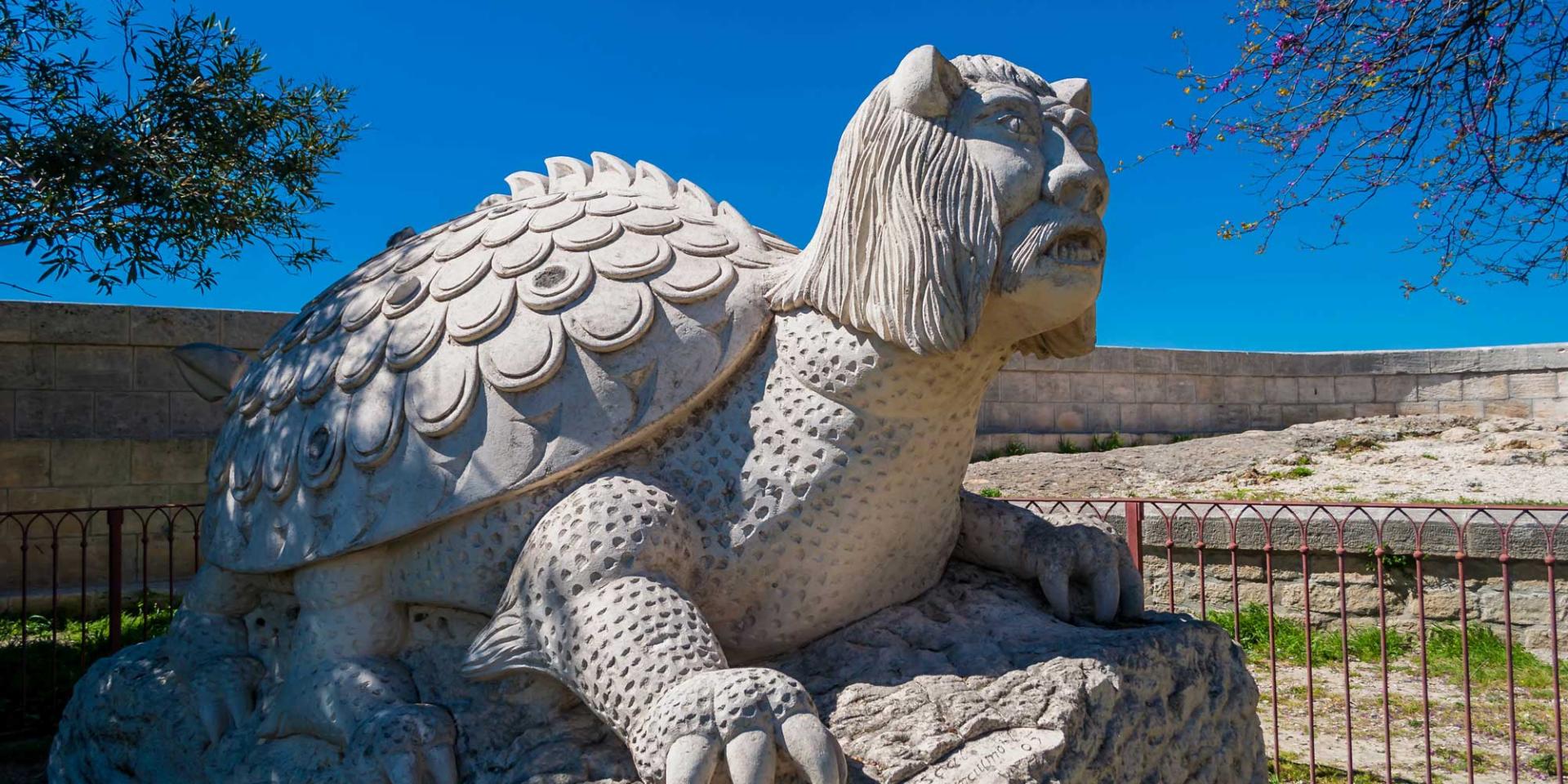If you are passing through Tarascon, you should meet her there. According to the myth, this hybrid monster who lived on the banks of the Rhone haunted the swamps around Tarascon and terrorised the villagers by destroying everything in its path. Since 2005, the festival of the Tarasque has been proclaimed by UNESCO as part of the oral and intangible heritage of humanity.
